Robert Doisneau - Gifted Gallery
- Lilium

- Jan 17, 2024
- 6 min read

Robert Doisneau, born 14 April 1912, was a French photographer. From the 1930s, he photographed the streets of Paris. He was a champion of humanist photography and with Henri Cartier-Bresson a pioneer of photojournalism. Doisneau is known for his 1950 image Le baiser de l'hôtel de ville (The Kiss by the City Hall ), a photograph of a couple kissing on a busy Parisian street.
Doisneau's father, a plumber, died on active service in World War I, when his son was about four. His mother died when he was seven. He then was raised by an aunt. At thirteen, he enrolled at the École Estienne, a craft school from which he graduated in 1929 with diplomas in engraving and lithography. There he had his first contact with the arts, taking classes in figure drawing and still life.

When he was 16, he took up amateur photography, but was reportedly so shy that he started by photographing cobble-stones before progressing to children and then adults. At the end of the 1920s, Doisneau found work as a draughtsman in the advertising industry at Atelier Ullmann, a creative graphics studio that specialised in the pharmaceutical industry. Here he took an opportunity to change career by also acting as camera assistant in the studio and then becoming a staff photographer.
In 1931, he left both the studio and advertising, taking a job as an assistant with the modernist photographer André Vigneau. In 1932, he sold his first photographic story to Excelsior magazine.
In 1934, he began working as an industrial advertising photographer for the Renault car factory at Boulogne-Billancourt. Working at Renault increased Doisneau's interest in working with photography and people. Five years later, in 1939, he was dismissed because he was constantly late. He was forced to try freelance advertising, engraving, and postcard photography to earn his living. At that time, the French postcard industry was the largest in Europe, postcards served as greetings cards as well as vacation souvenirs. In 1991, he said that the years at the Renault car factory marked "the beginning of his career as a photographer and the end of his youth."
In 1936, Doisneau married Pierrette Chaumaison whom he had met in 1934 when she was cycling through a village where he was on holiday. The couple had two daughters, Annette (b. 1942) and Francine (b. 1947). From 1979 until his death, Annette worked as his assistant.
In 1939, he was later hired by Charles Rado of the Rapho photographic agency and traveled throughout France in search of picture stories. This is where he took his first professional street photographs.

Doisneau worked at the Rapho agency until the outbreak of World War II, whereupon he was drafted into the French army as both a soldier and photographer. He was in the army until 1940 and, from then until the end of the war in 1945, used his draughtsmanship, lettering artistry, and engraving skills to forge passports and identification papers for the French Resistance.
Some of Doisneau's most memorable photographs were taken after the war. He returned to freelance photography and sold photographs to Life and other international magazines. He briefly joined the Alliance Photo Agency but rejoined the Rapho agency in 1946 and remained with them throughout his working life, despite receiving an invitation from Henri Cartier-Bresson to join Magnum Photos.
"I don't photograph life as it is, but life as I would like it to be."
— Robert Doisneau
In 1948, he was contracted by Vogue to work as a fashion photographer. The editors believed he would bring a fresh and more casual look to the magazine but Doisneau did not enjoy photographing beautiful women in elegant surroundings; he preferred street photography. When he could escape from the studio, he photographed in the Paris streets.
Le Groupe des XV was established in 1946 in Paris to promote photography as art and drawing attention to the preservation of French photographic heritage. Doisneau joined in 1950 and participated alongside Rene-Jacques, Willy Ronis, and Pierre Jahan. After the group was disbanded, he joined the less exclusive and more militant Les 30 x 40, the Club Photographique de Paris.
In 1950 Doisneau created his most recognisable work for Life – Le Baiser de l'hôtel de ville (Kiss by the Hôtel de Ville), a photograph of a couple kissing in the busy streets of Paris, which became an internationally recognised symbol of young love in Paris. The identity of the couple remained a mystery until 1992.
Jean and Denise Lavergne erroneously believed themselves to be the couple in The Kiss, and when Robert and Annette Doisneau (his older daughter and also his assistant at the time) met them for lunch in the 1980s he "did not want to shatter their dream" so he said nothing. This resulted in them taking him to court for "taking their picture without their knowledge", because under French law an individual owns the rights to their own likeness. The court action forced Doisneau to reveal that he posed the shot using Françoise Delbart and Jacques Carteaud, lovers whom he had just seen kissing, but had not photographed initially because of his natural reserve; he approached them and asked if they would repeat the kiss. He won the court case against the Lavergnes. Doisneau said in 1992: "I would never have dared to photograph people like that. Lovers kissing in the street, those couples are rarely legitimate."

The couple in Le baiser were Françoise Delbart, 20, and Jacques Carteaud, 23, both aspiring actors. In 2005, Françoise Bornet (née Delbart) stated: "He told us we were charming, and asked if we could kiss again for the camera. We didn't mind. We were used to kissing. We were doing it all the time then, it was delicious. Monsieur Doisneau was adorable, very low key, very relaxed." They posed at the Place de la Concorde, the Rue de Rivoli and finally the Hôtel de Ville. The photograph was published on 12 June 1950, issue of Life. The relationship between Delbart and Carteaud only lasted for nine months. Delbart continued her acting career, but Carteaud gave up acting to become a wine producer. In 1950, Françoise Bornet was given an original print of the photograph, bearing Doisneau's signature and stamp, as part of the payment for her "work". In April 2005, she sold the print at auction for €155,000 to an unidentified Swiss collector via the Paris auctioneers Artcurial Briest-Poulain-Le Fur.
The 1950s were Doisneau's peak, but the 1960s were his wilderness years. In the 1970s, Europe began to change and editors looked for new reportage that would show the sense of a new social era. All over Europe, the old-style picture magazines were closing as television gained the public's attention. Doisneau continued to work, producing children's books, advertising photography, and celebrity portraits including Alberto Giacometti, Jean Cocteau, Fernand Léger, Georges Braque, and Pablo Picasso.
Doisneau worked with writers and poets such as Blaise Cendrars and Jacques Prévert, and he credited Prévert with giving him the confidence to photograph the everyday street scenes that most people simply ignored.
Doisneau's wife Pierrette died in 1993 suffering from Alzheimer's disease and Parkinson's disease. Doisneau died six months later in 1994, having had a triple heart bypass and was suffering from acute pancreatitis. Annette said: "We won in the courts (re: The Kiss), but my father was deeply shocked. He discovered a world of lies, and it hurt him. The Kiss ruined the last years of his life. Add that to my mother suffering from Alzheimer's and Parkinson's, and I think it's fair to say he died of sadness."
"Doisneau was in many ways a shy and humble man, similar to his photography, still delivering his own work at the height of his fame. He chastised Francine for charging an "indecent" daily fee of £2,000 for his work on a beer advertising campaign – he wanted only the rate of an "artisan photographer"."
"Maybe if I were 20, success would change me. But now I'm a dinosaur of photography."
— Robert Doisneau
He lived in southern Paris (Gentilly, Val-de-Marne, Montrouge, and the 13th arrondissement) throughout his life. He is buried in the cemetery at Raizeux beside his wife. The photography of Doisneau has had a revival since his death in 1994. Many of his portraits and photographs of Paris from the end of World War II through the 1950s have been turned into calendars and postcards, and have become icons of French life.
Doisneau is remembered for his modest, playful, and ironic images of amusing juxtapositions, mingling social classes, and eccentrics in contemporary Paris streets and cafes. Influenced by the work of André Kertész, Eugène Atget, and Henri Cartier-Bresson, in more than twenty books of photography, he presented a charming vision of human frailty and life as a series of quiet, incongruous moments.
"The marvels of daily life are so exciting; no movie director can arrange the unexpected that you find in the street.
— Robert Doisneau
Reading Recommendations & Content Cosniderations
Jean Claude Gautrand A Photographer's Life
Taschen Peter Hamilton





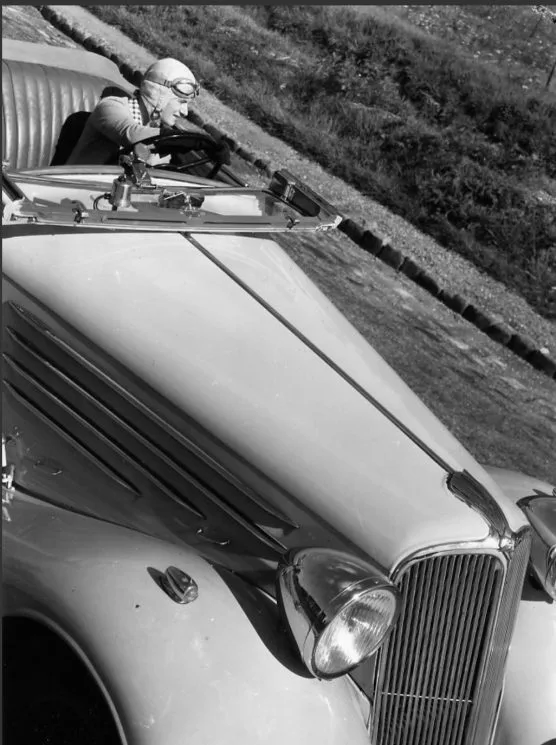









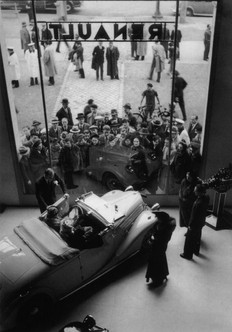

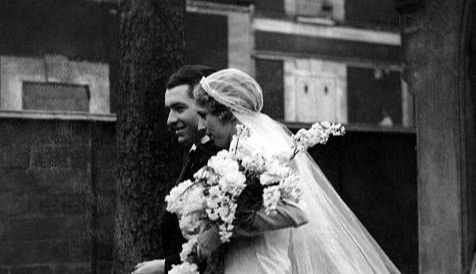




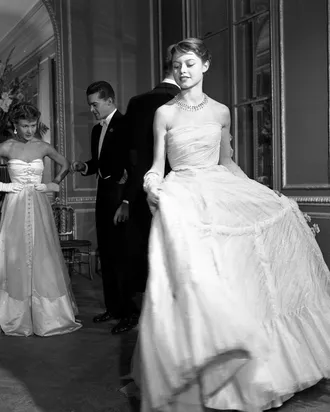
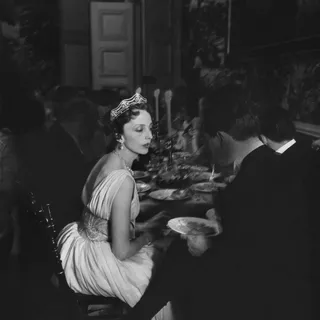
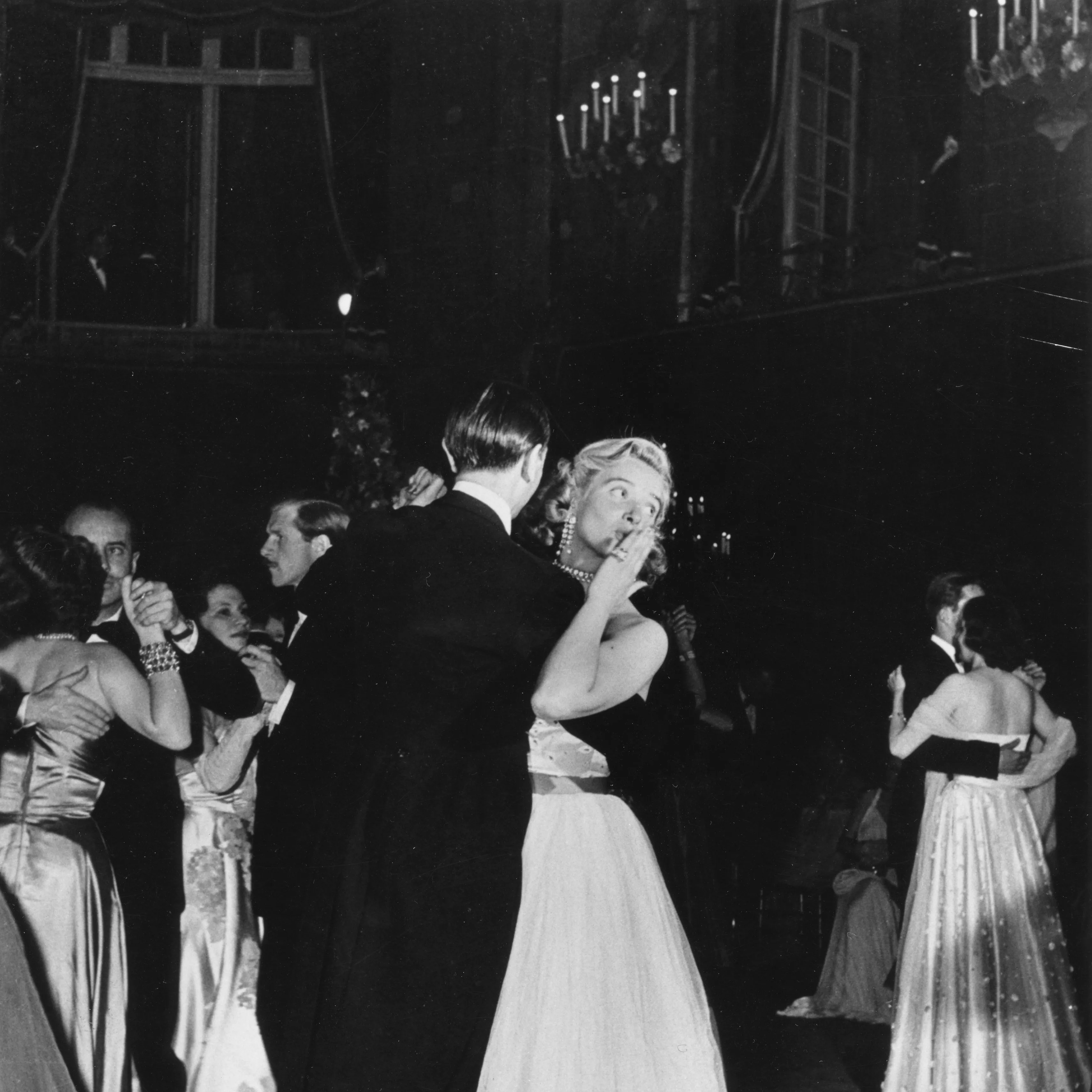










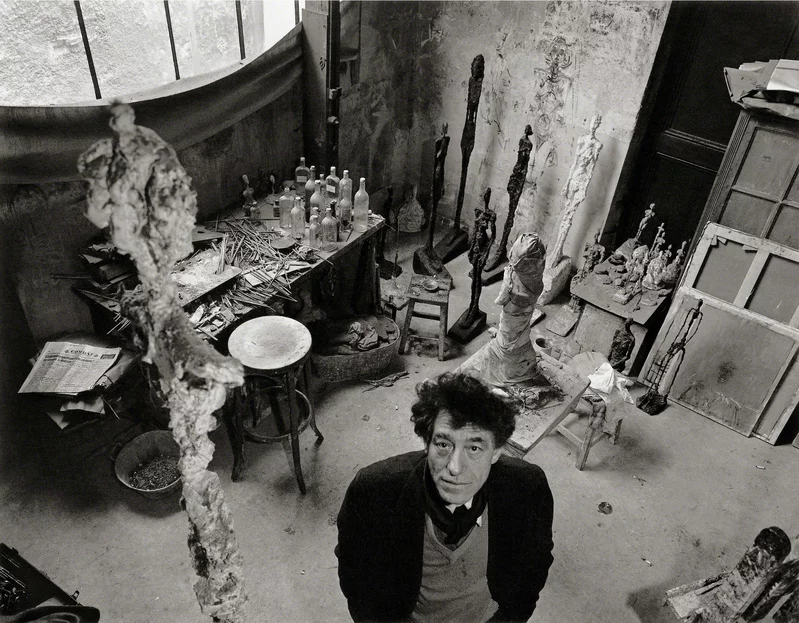








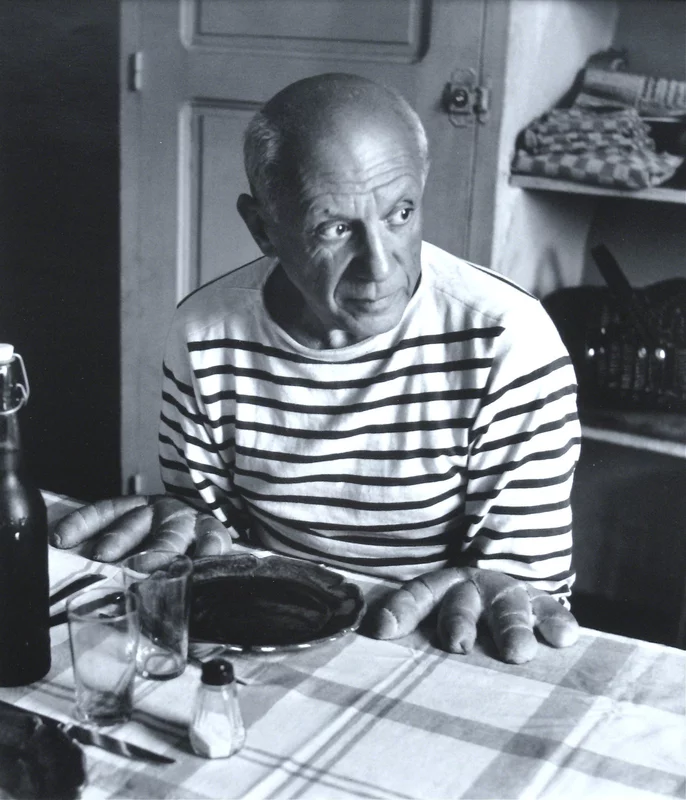




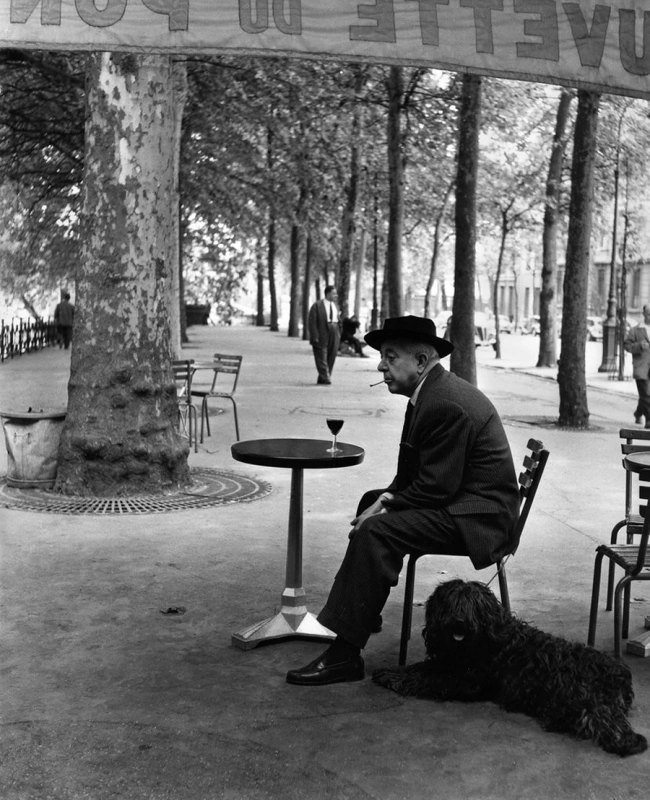


















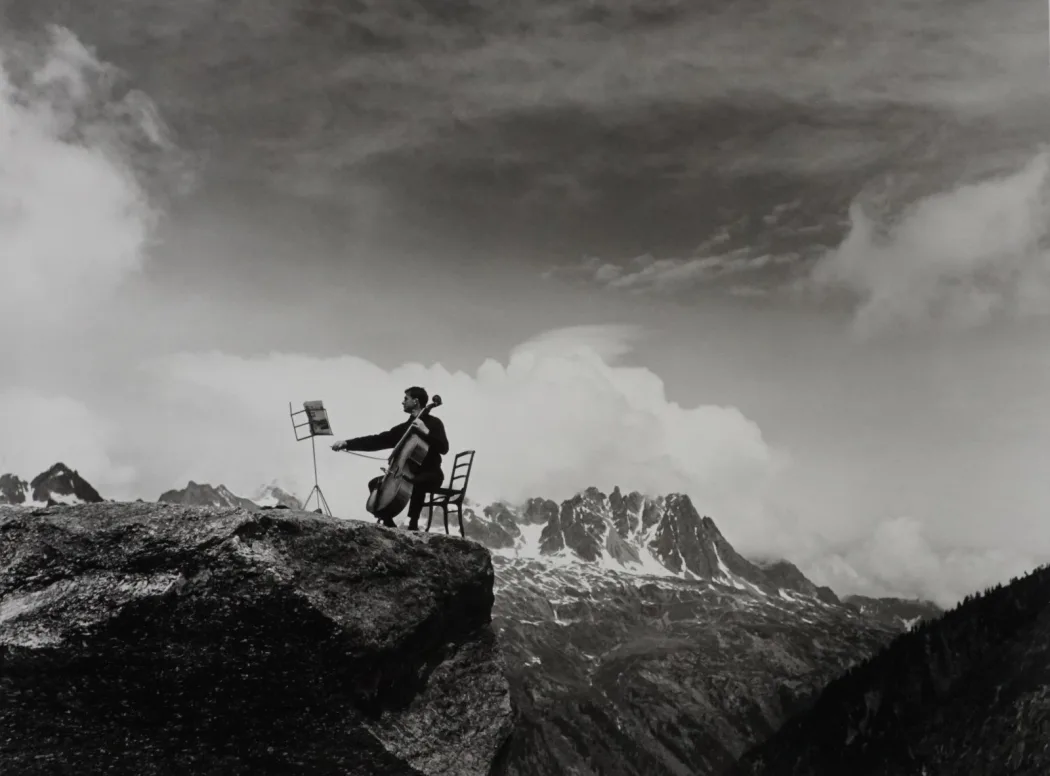






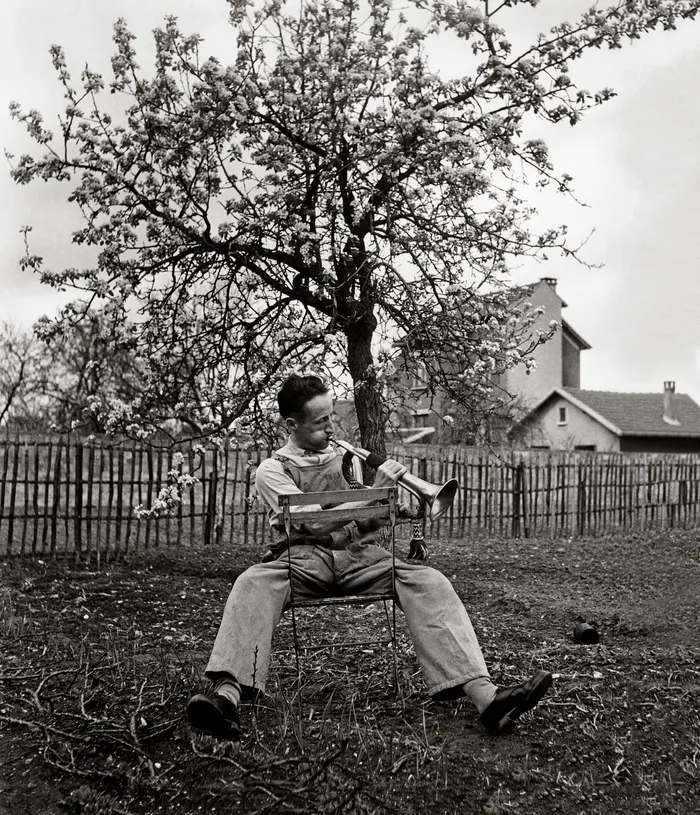
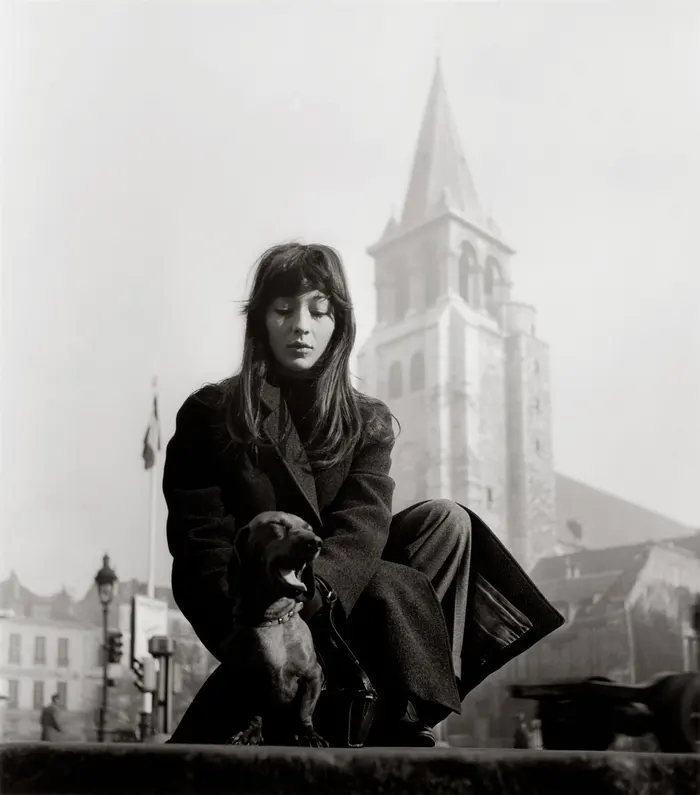












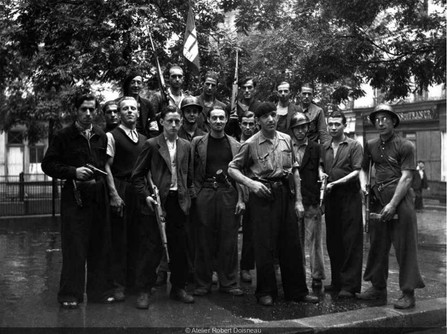






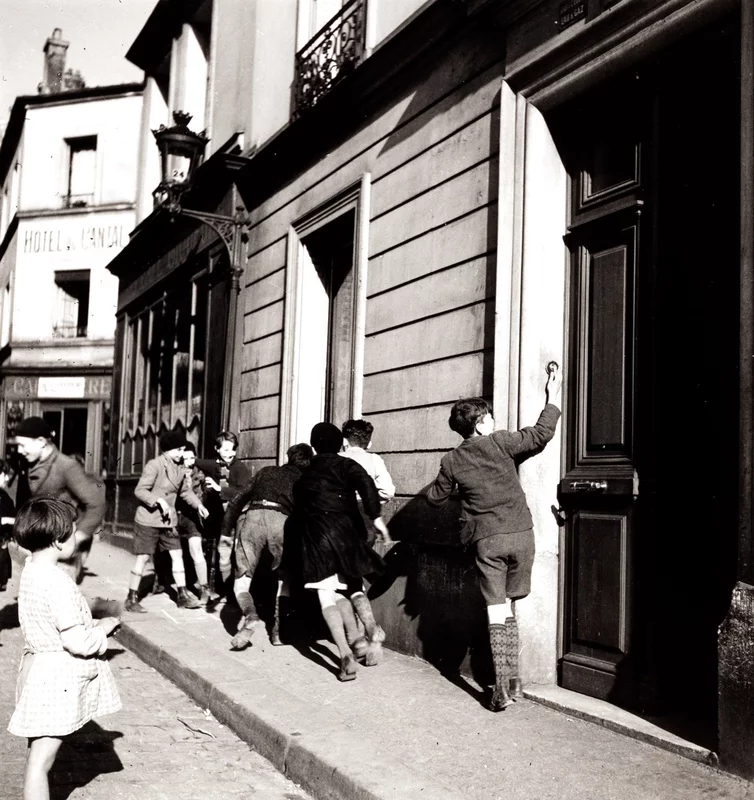
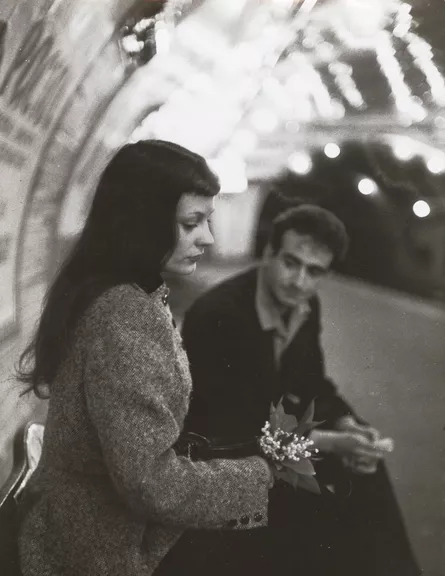
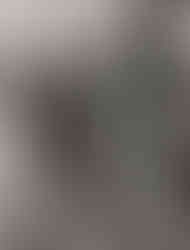

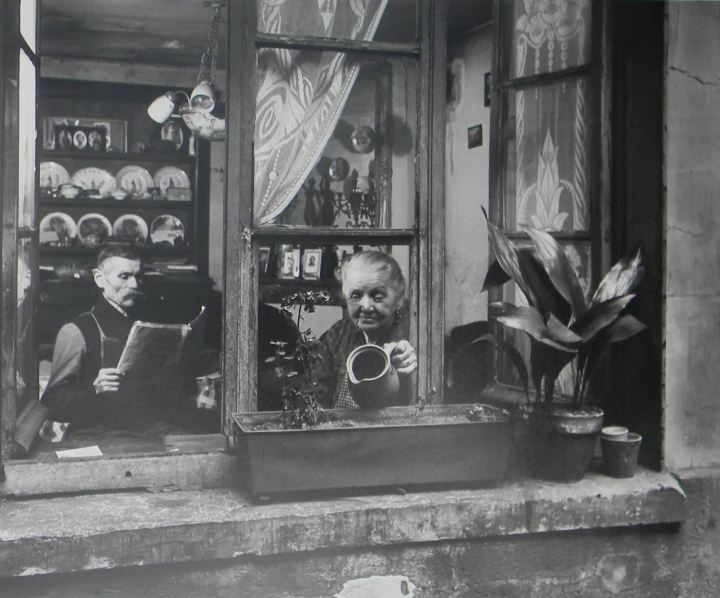




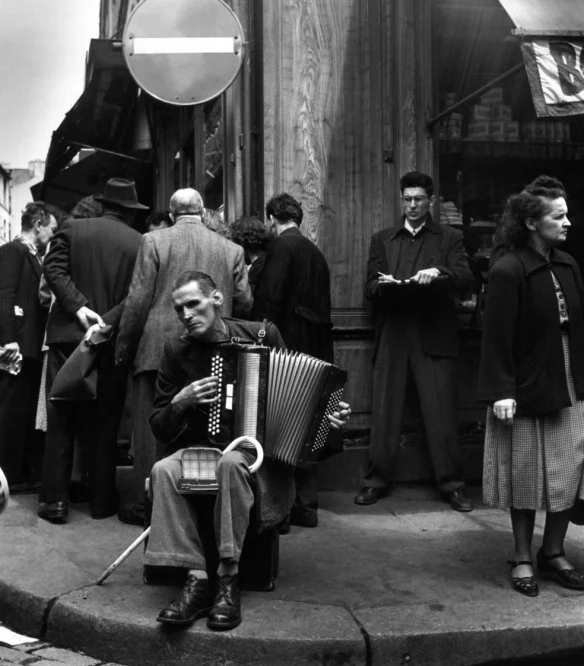
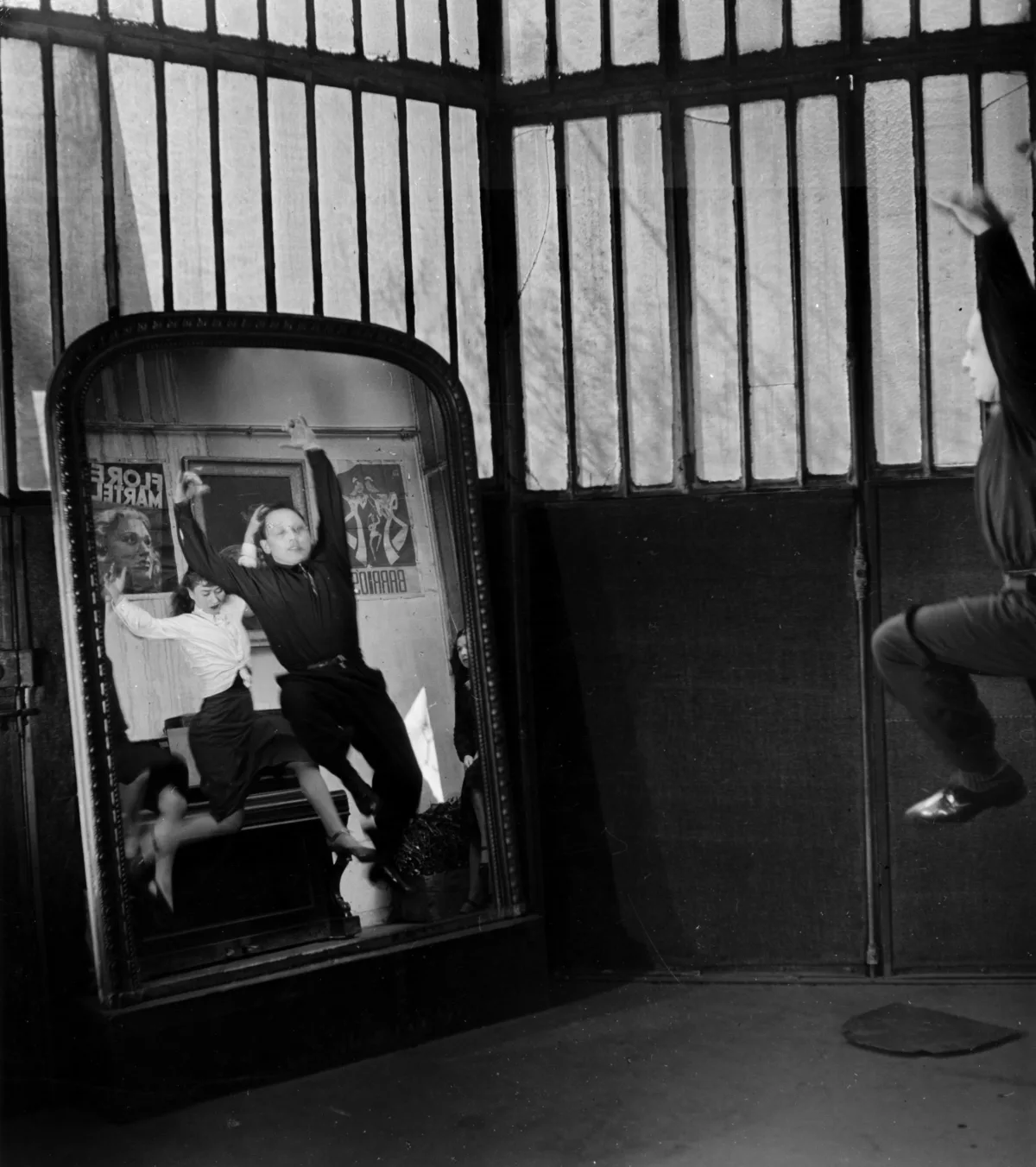


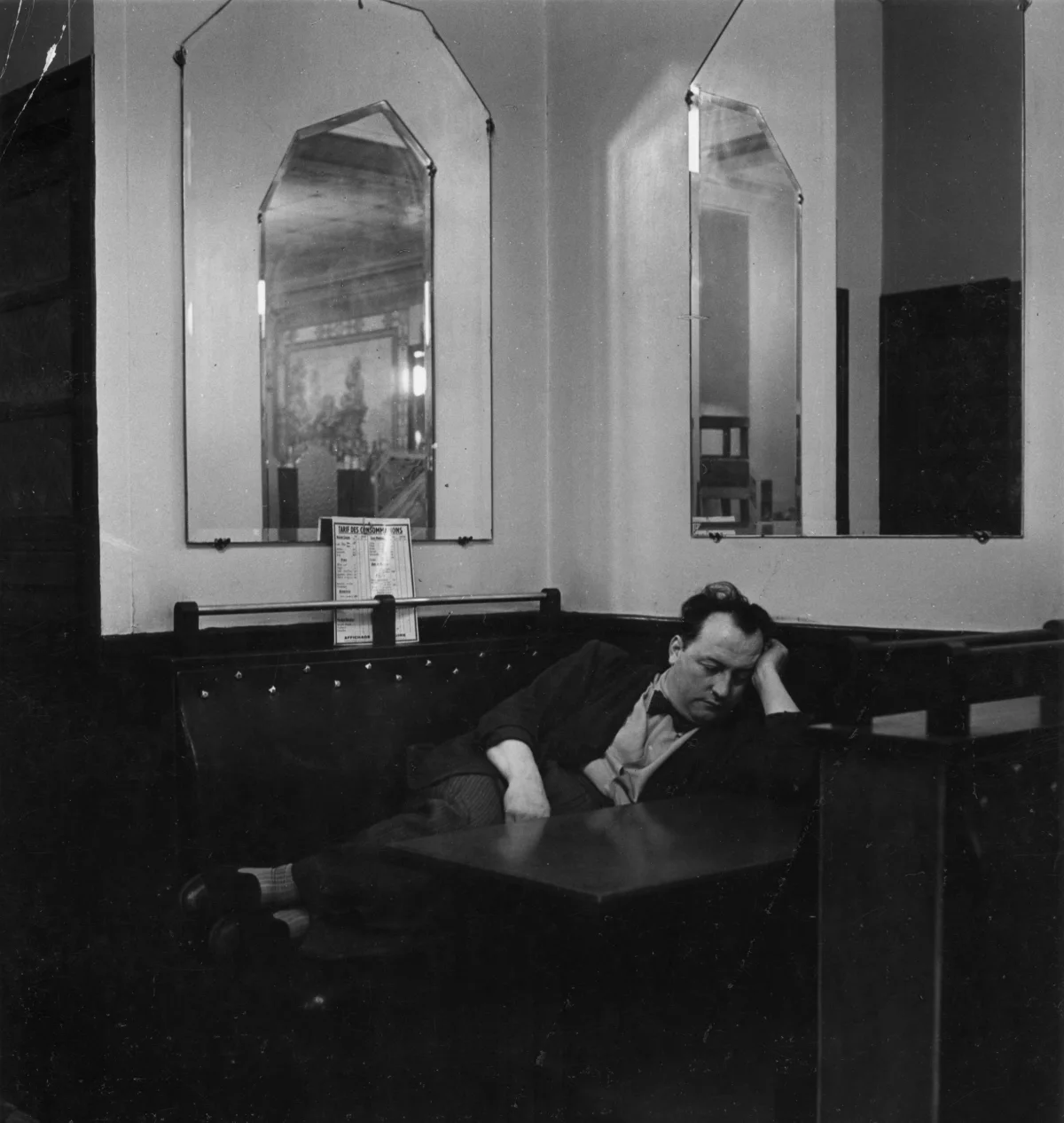


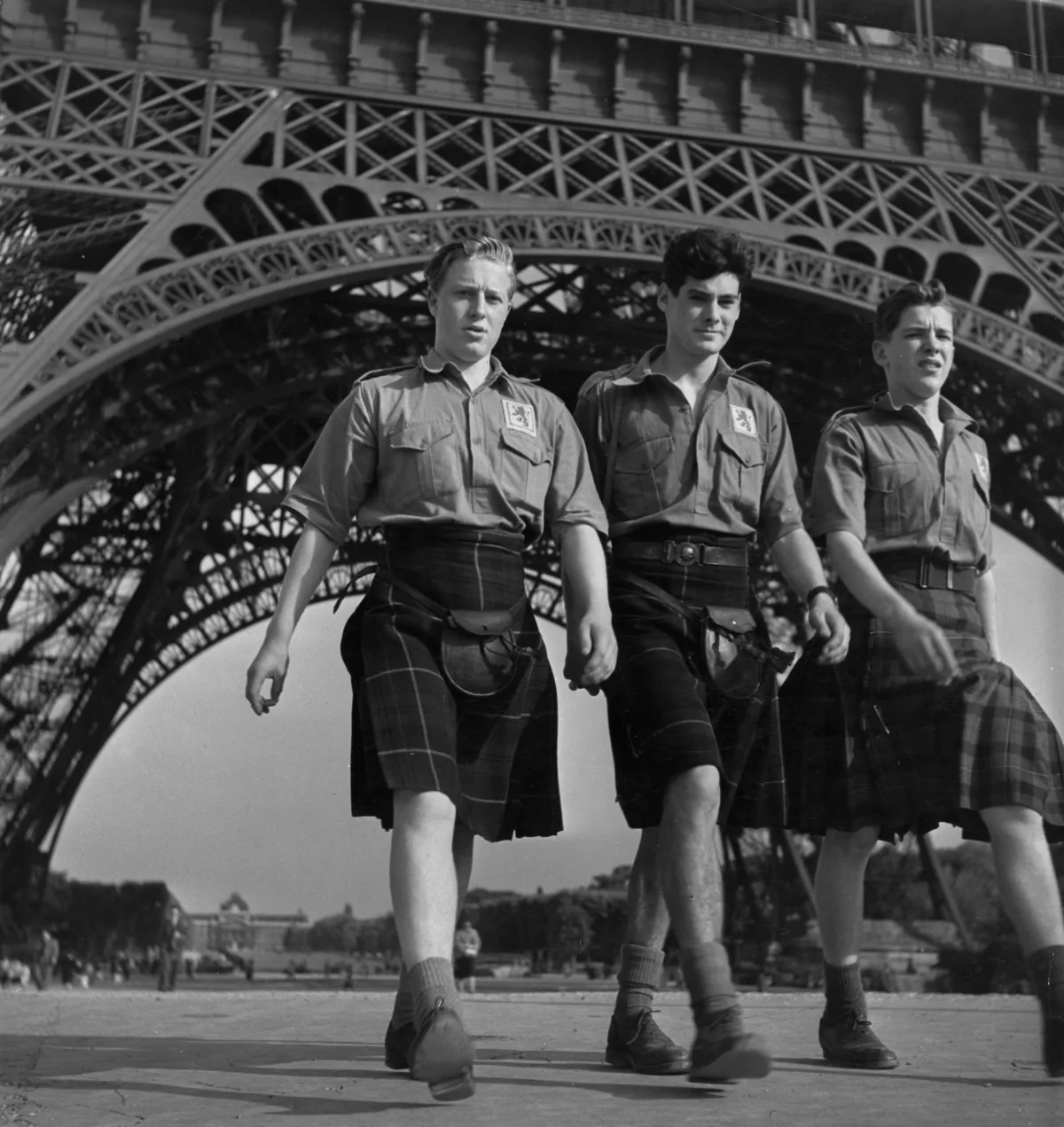




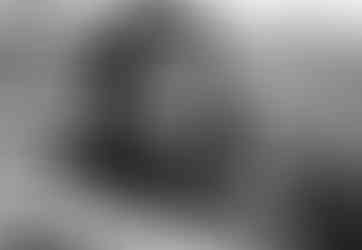

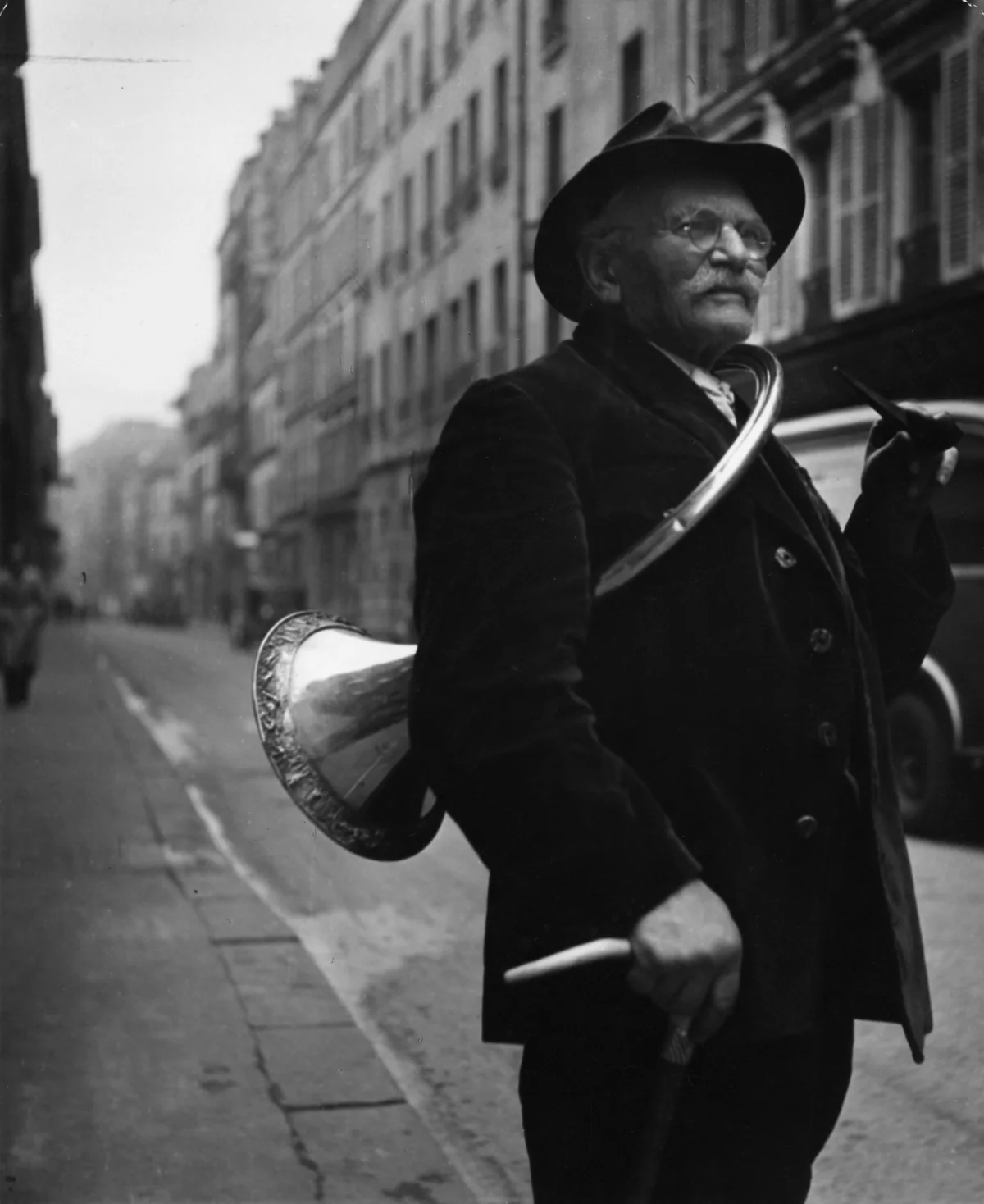

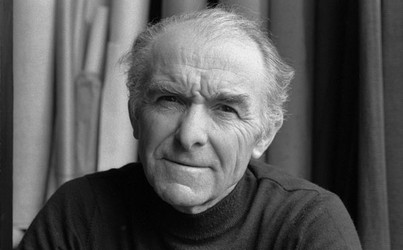
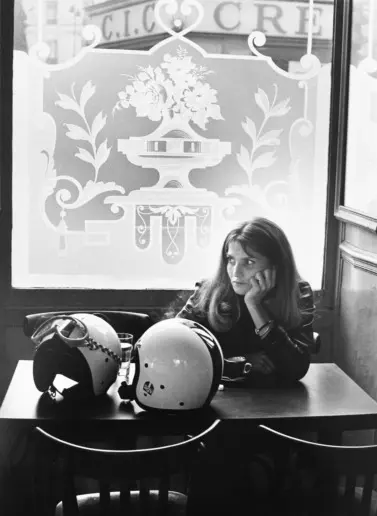













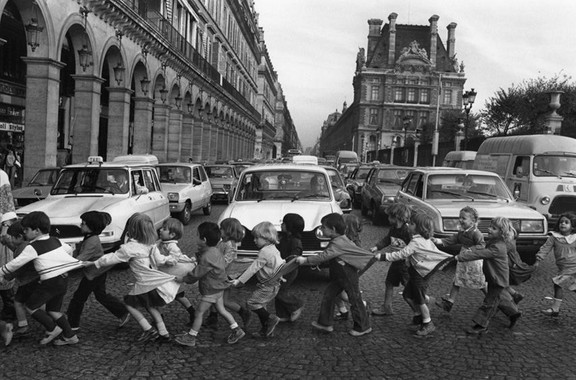
















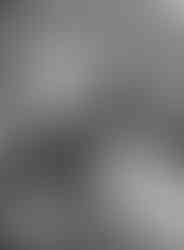










Comments